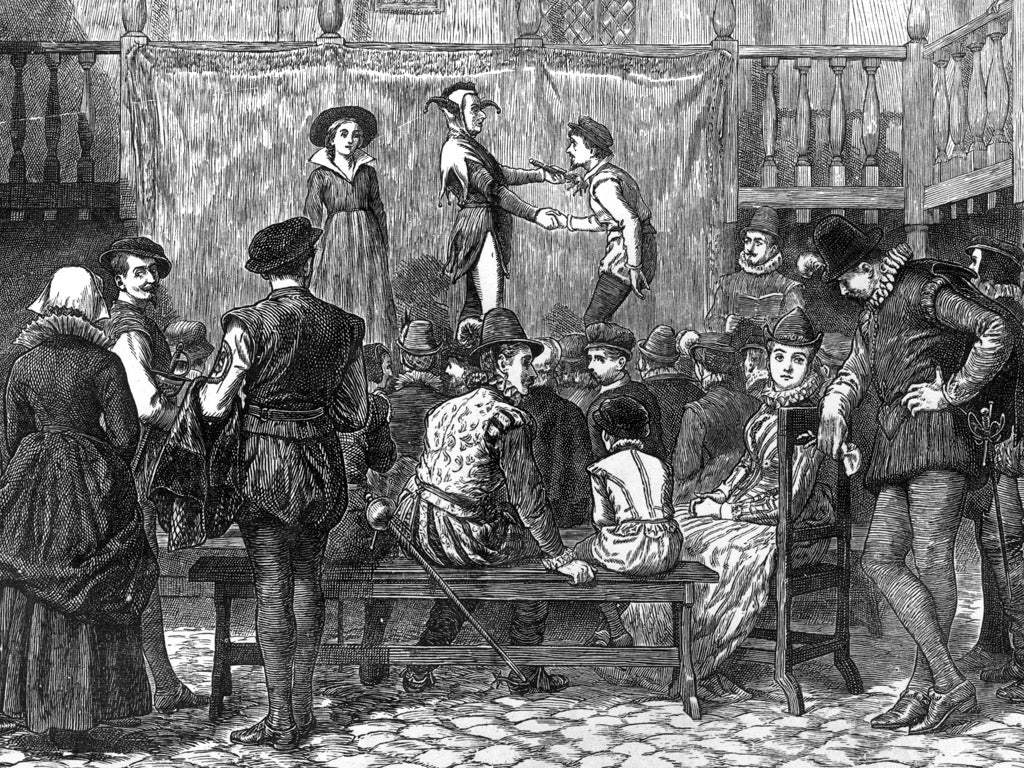New book claims child-catchers kidnapped boys for the Elizabethan stage
Children forced to perform under threat of whipping

Your support helps us to tell the story
From reproductive rights to climate change to Big Tech, The Independent is on the ground when the story is developing. Whether it's investigating the financials of Elon Musk's pro-Trump PAC or producing our latest documentary, 'The A Word', which shines a light on the American women fighting for reproductive rights, we know how important it is to parse out the facts from the messaging.
At such a critical moment in US history, we need reporters on the ground. Your donation allows us to keep sending journalists to speak to both sides of the story.
The Independent is trusted by Americans across the entire political spectrum. And unlike many other quality news outlets, we choose not to lock Americans out of our reporting and analysis with paywalls. We believe quality journalism should be available to everyone, paid for by those who can afford it.
Your support makes all the difference.Child-catchers stalked the streets of Elizabethan England seeking out boys they could force on to the stage, an Oxford academic has claimed in a new book.
Dr Bruce van Es, who studied original Elizabethan documents, writes that Elizabeth I signed warrants which allowed theatres to kidnap children and force them to perform under the threat of whipping. Using the commissions, playhouse owners boasted that they had “authority sufficient so to take any nobleman’s son in the land”.
Thomas Clifton, a boy of 13, was on his way to school when he was snatched. A group of men “did haul, pull, drag and carry away” the child, according to later court depositions.
“Technically these warrants were designed to allow the Master of the Children to ‘take up’ boys for service in the Chapel Royal,” said Dr van Es. “But the reality was very different. It was well known that the Children of the Chapel Royal was really an acting company and the Queen did nothing to intervene.”
Dr van Es also uncovered a seedier side to the practice. Not only were young boys apparently kidnapped and forced into the theatre, they were also made to perform overtly sexual material, often in seedy backstreet theatres for all-male audiences.
However, Professor Michael Dobson, the director of the Shakespeare Institute, rebutted Dr van Es’s theory, saying that there was not enough documentary evidence to support his claims.
“We have got one very well documented court case, the Clifton case, but that’s it,” he said, adding that children were increasingly co-opted to do more artistic duties while they were still at school.
Join our commenting forum
Join thought-provoking conversations, follow other Independent readers and see their replies
Comments